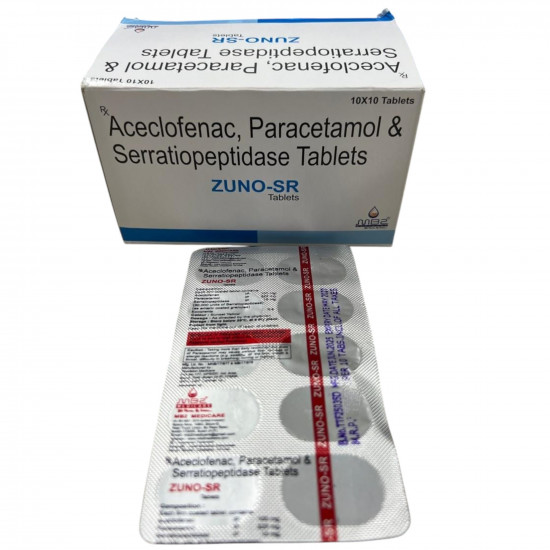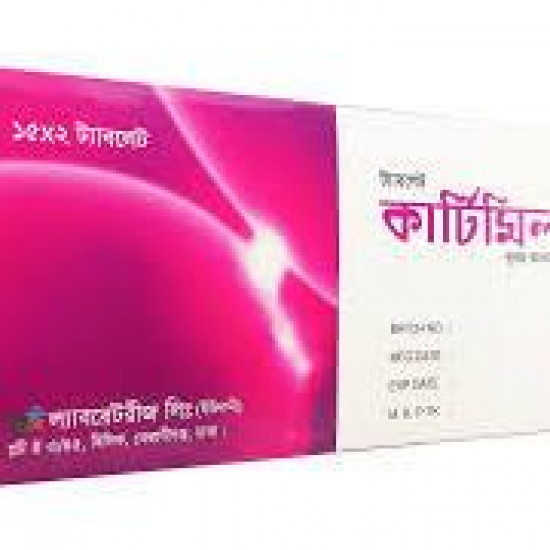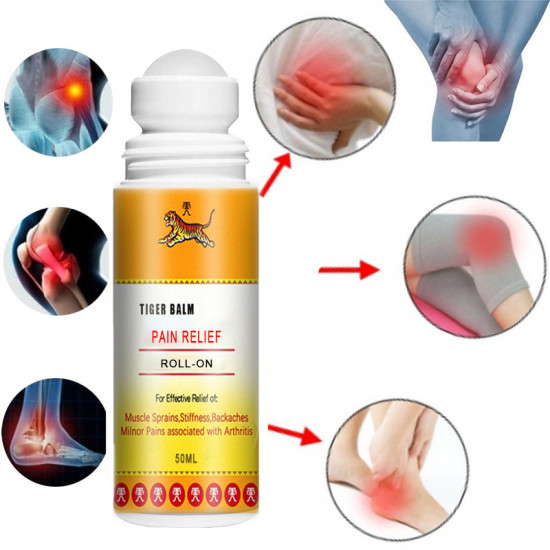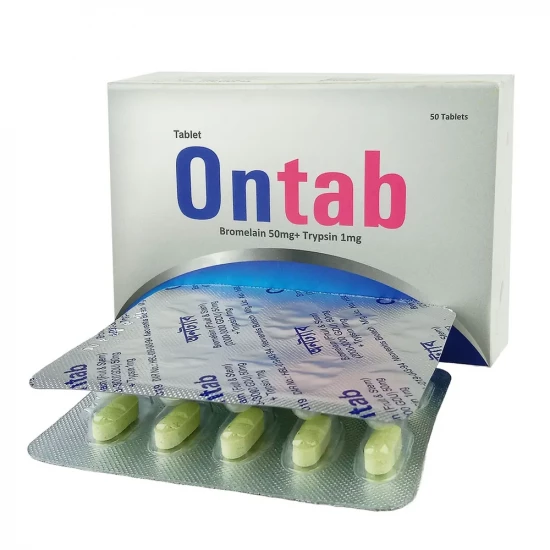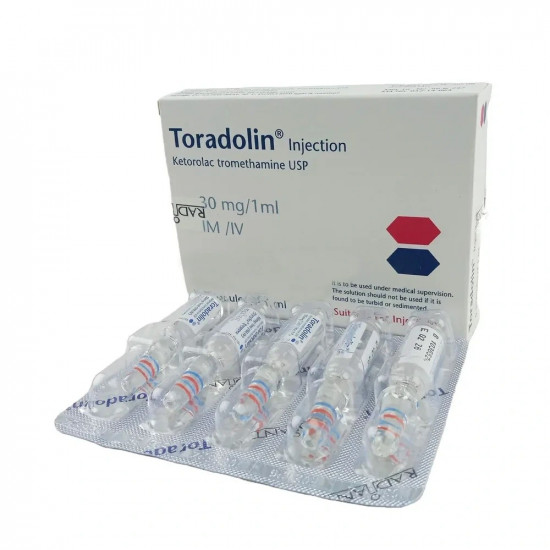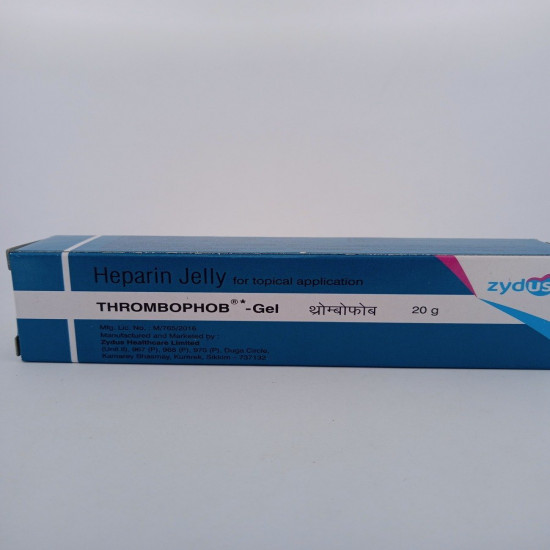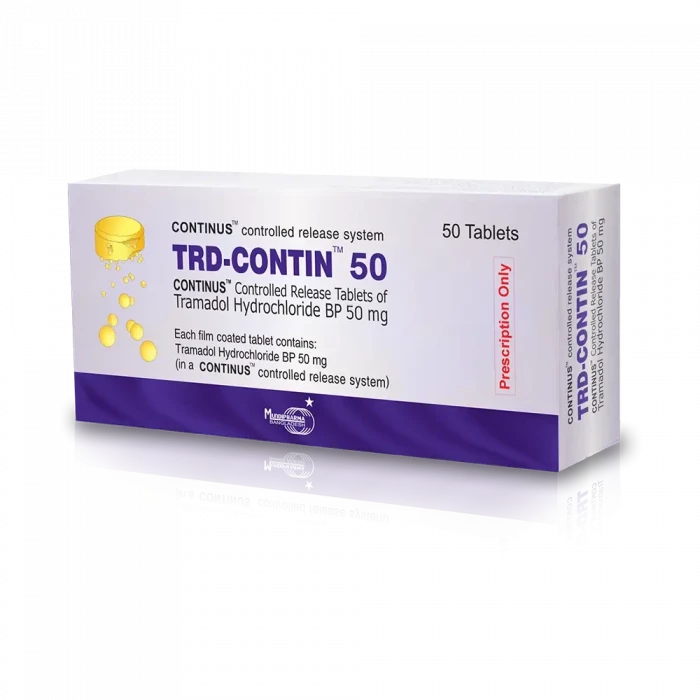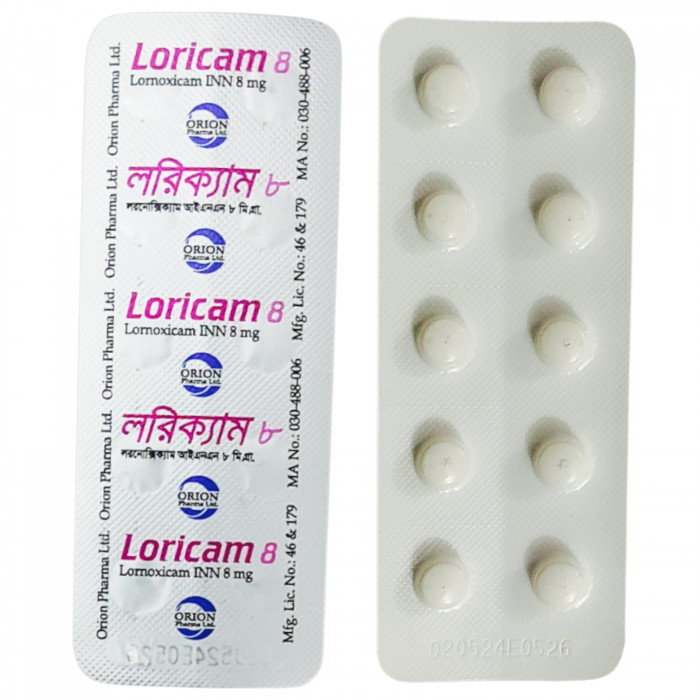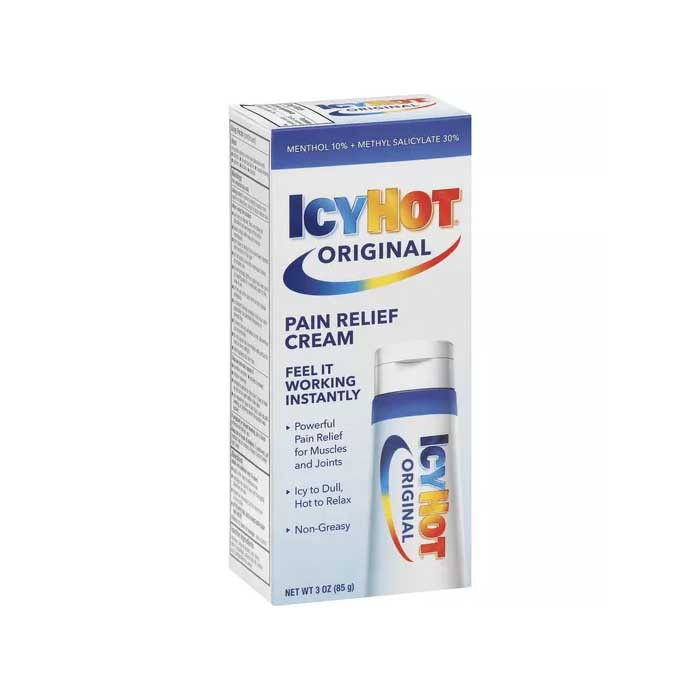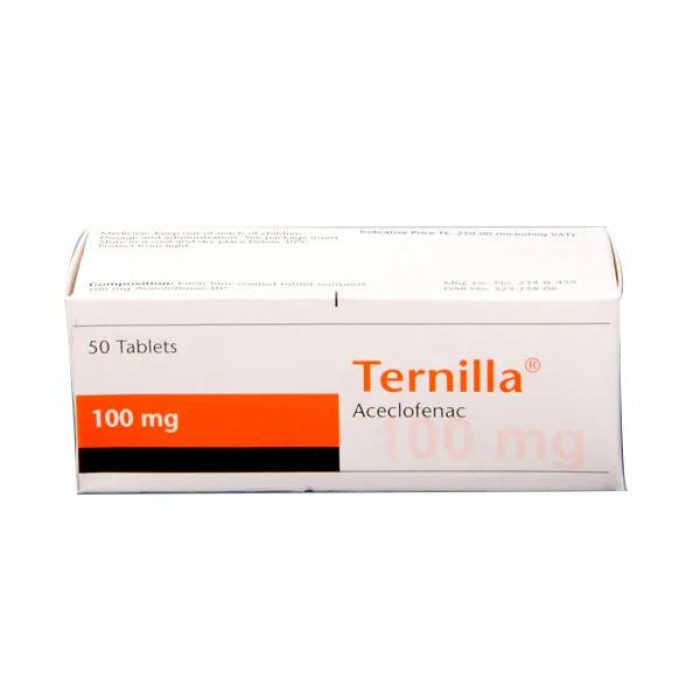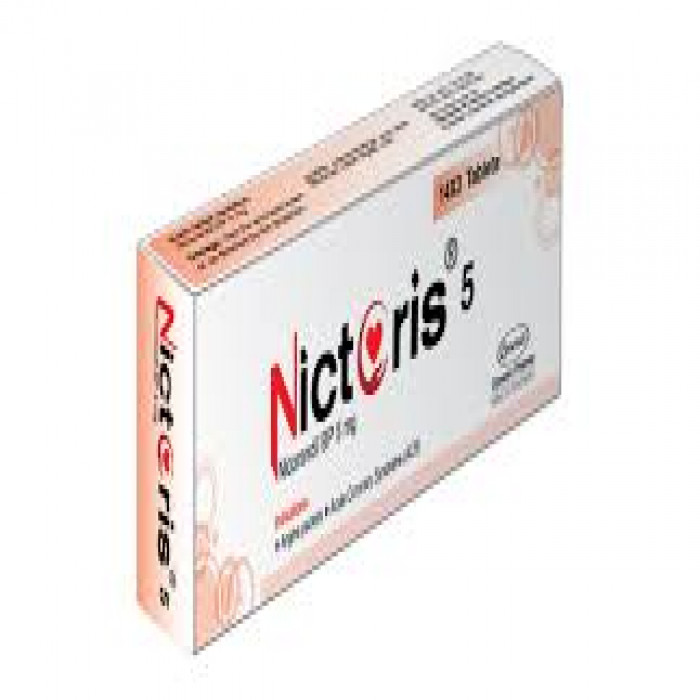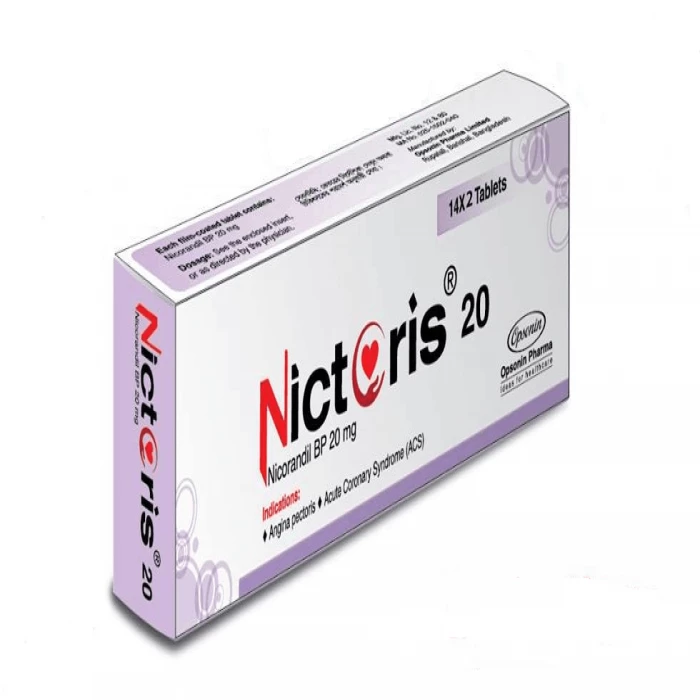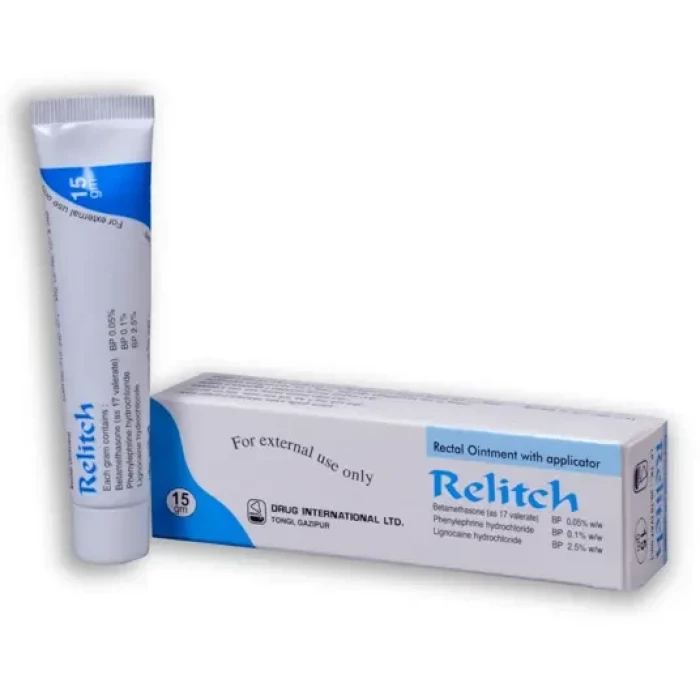✔ 100% Authentic Product
👁️ Currently Viewing 2966
Opsonin Pharma Limited
Generic: Diclofenac Sodium 1% Topical
Discount
Price: ৳ 235
MRP:
৳
250
6%
Off

100% Genuine Products, Guaranteed

Safe & Secure Payments, Always

Fast, Secure & Efficient Delivery

Proper Packaging
 Cash on Delivery - All over Bangladesh
Cash on Delivery - All over Bangladesh Regular Delivery - 12-24 Hours, Dhaka City* Charge Tk.39-59
Regular Delivery - 12-24 Hours, Dhaka City* Charge Tk.39-59 Regular Delivery - 24-48 Hours, Other Cities* Charge Tk.99-110
Regular Delivery - 24-48 Hours, Other Cities* Charge Tk.99-110
 ফ্রি ডেলিভারিঃ - ৯৯৯ টাকা+ অর্ডারে, ঢাকা
শহরে
ফ্রি ডেলিভারিঃ - ৯৯৯ টাকা+ অর্ডারে, ঢাকা
শহরে ফ্রি ডেলিভারিঃ - ২৯৯৯ টাকা+ অর্ডারে, ঢাকার
বাহিরে
ফ্রি ডেলিভারিঃ - ২৯৯৯ টাকা+ অর্ডারে, ঢাকার
বাহিরে
100% Genuine Products, Guaranteed
Safe & Secure Payments, Always
Fast, Secure & Efficient Delivery
Proper Packaging
 Cash on Delivery - All over Bangladesh
Cash on Delivery - All over Bangladesh Regular Delivery - 12-24 Hours, Dhaka City* Charge Tk.39-59
Regular Delivery - 12-24 Hours, Dhaka City* Charge Tk.39-59 Regular Delivery - 24-48 Hours, Other Cities* Charge Tk.99-110
Regular Delivery - 24-48 Hours, Other Cities* Charge Tk.99-110 ফ্রি ডেলিভারিঃ - ৯৯৯ টাকা+ অর্ডারে, ঢাকা
শহরে
ফ্রি ডেলিভারিঃ - ৯৯৯ টাকা+ অর্ডারে, ঢাকা
শহরে ফ্রি ডেলিভারিঃ - ২৯৯৯ টাকা+ অর্ডারে, ঢাকার
বাহিরে
ফ্রি ডেলিভারিঃ - ২৯৯৯ টাকা+ অর্ডারে, ঢাকার
বাহিরে
✅ Description:
Indication
Rheumatoid arthritis, Osteoarthritis, Joint and muscular pains
Administration
Apply to clean, dry skin Avoid showering/bathing until gel/solution is dry for at least 30 min Wash hands after use Avoid clothing on knees until gel/solution is dry
Adult Dose
Topical/Cutaneous Osteoarthritis Adult: Apply 2 g (upper extremities)/4 g (lower extremities) q6hr Not to exceed 8 g/day to any single joint of (upper) extremities; 16 g/day to any single joint of (lower extremities) Local symptomatic relief of pain and inflammation Adult: As diclofenac Na (1% gel): Apply onto affected area 3 or 4 times daily.
Child Dose
Safety and efficacy not established
Contraindication
Contraindicated to the patients hypersensitive to any ingredient of the products. Diclofenac is also contra-indicated in asthmatic patient in whom attack with asthma, urticaria or acute rhinitis are precipitated by acetylsalicylic acid or by other drugs with prostaglandin synthetase inhibitor. Gel should not be used under occlusive airtight dressings.
Mode of Action
Diclofenac, a phenylacetic acid derivative is a prototypical NSAID. It has potent anti-inflammatory, analgesic and antipyretic actions. Inhibits cyclooxygenase (COX)-1 and COX-2, thereby inhibiting prostaglandin synthesis. May also inhibit neutrophil aggregation/activation, inhibit chemotaxis, decrease proinflammatory cytokine level, and alter lymphocyte activity.
Precaution
In rare instances where peptic ulceration or gastro-intestinal bleeding occurs in patients under treatment with Diclofenac. In patients with advanced age should be kept under close observation. Gel should not be allowed to come in contact with the eyes or mucus membranes, after application the hands should be washed properly and not to be taken by mouth. Lactation: Excretion in milk unknown/not recommended
Side Effect
>10% Dry skin (25-27%),Rash (20-35%),Contact dermatitis (19-33%),Pain (15-26%),Paresthesia (<20%),Pruritus (52%),Exfoliation (6-24%) 1-10% Hypertension,Chest pain,Skin ulcer,Diarrhea,Dyspepsia,Alepesia,Photosensitivity,Edema,Conjunctivitis,Hematuria,Asthma
Pregnancy Category Note
Pregnancy Published literature reports that use of NSAIDs after 30 weeks’ gestation increases the risk of premature closure of the fetal ductus arteriosus Data from observational studies regarding potential embryofetal risks of NSAID use, including diclofenac, in women in the first or second trimester of pregnancy are inconclusive Clinical considerations Avoid use of NSAIDs in pregnant women after 30 weeks’ gestation because NSAIDs can cause premature closure of the fetal ductus arteriosus Lactation Data from published literature reports with oral preparations of diclofenac indicate the presence of small amounts of diclofenac in human milk There are no data on the effects on the breastfed infant or the effects on milk production
Interaction
May increase serum levels of methotrexate. Concomitant use w/ other NSAIDs or anticoagulants (e.g. warfarin) is associated w/ higher risk of GI bleeding. Increased risk of nephrotoxicity w/ ciclosporin or triamterene. May increase the risk of developing corneal complications in patients w/ significant pre-existing corneal inflammation when use concomitantly w/ ophth preparation containing corticosteroids. Colestyramine and colestipol reduce the bioavailability of diclofenac. Decreased plasma concentration when administered after sucralfate. Ophth application of diclofenac may reduce the efficacy of ophth acetylcholine and carbachol. May increase serum levels of lithium and digoxin.
⚠️Disclaimer:
At ePharma, we’re committed to providing accurate and accessible health information. However, all content is intended for informational purposes only and should not replace medical advice from a qualified physician. Please consult your healthcare provider for personalized guidance. We aim to support, not substitute, the doctor-patient relationship.




